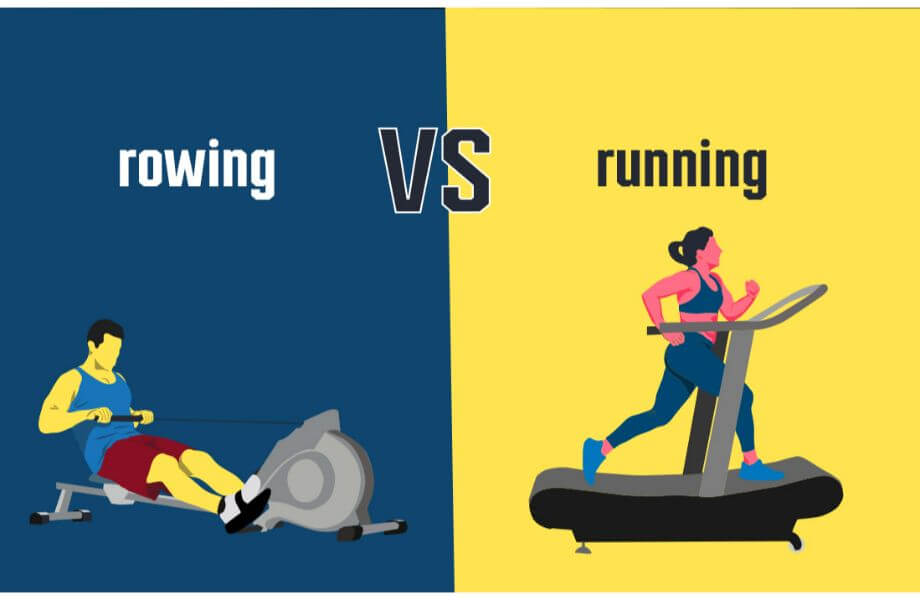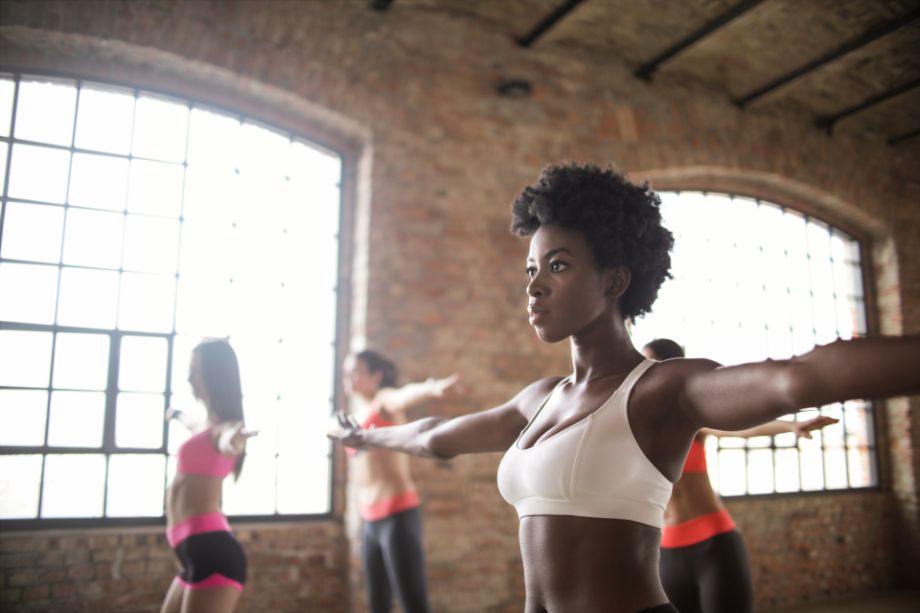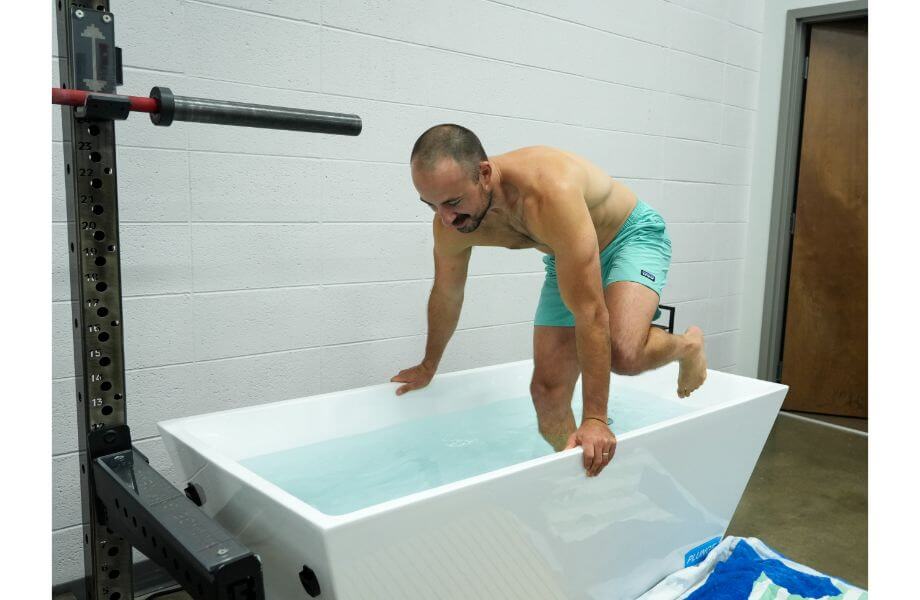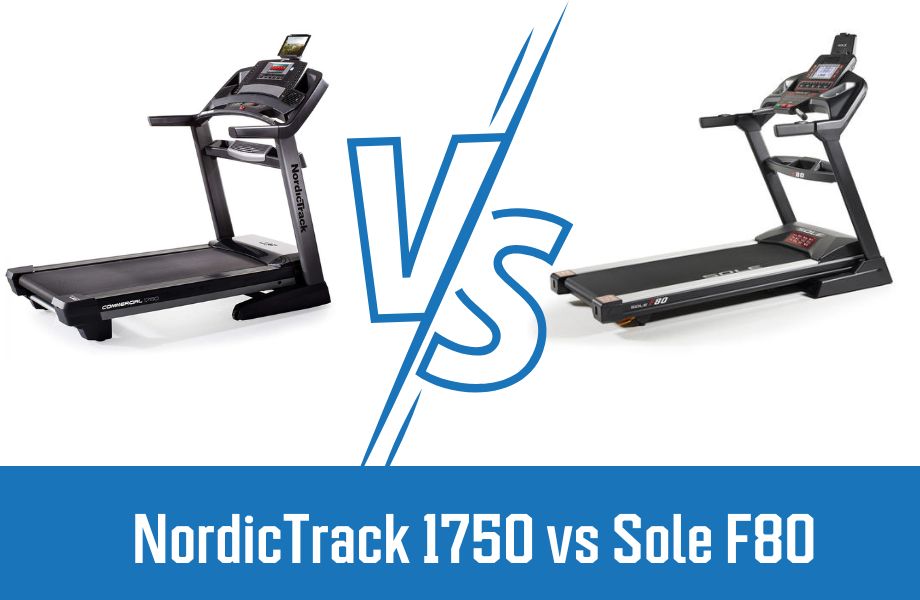A head-to-head look at two outstanding cardio exercises
Running is a classic cardio exercise—just lace up a pair of sneakers and you’re ready to hit the ground, well, running. But rowing is having its well-deserved moment, too. While it’s not as accessible as running since you need a rowing machine or a boat and some open water, it has its own merits.
In this guide, we’ll go through the key similarities of each type of exercise and discuss the differences between running vs rowing, highlighting everything you need to know, like calories burned, muscles worked, and joint impact, so you can decide which type of cardio feels right for you.
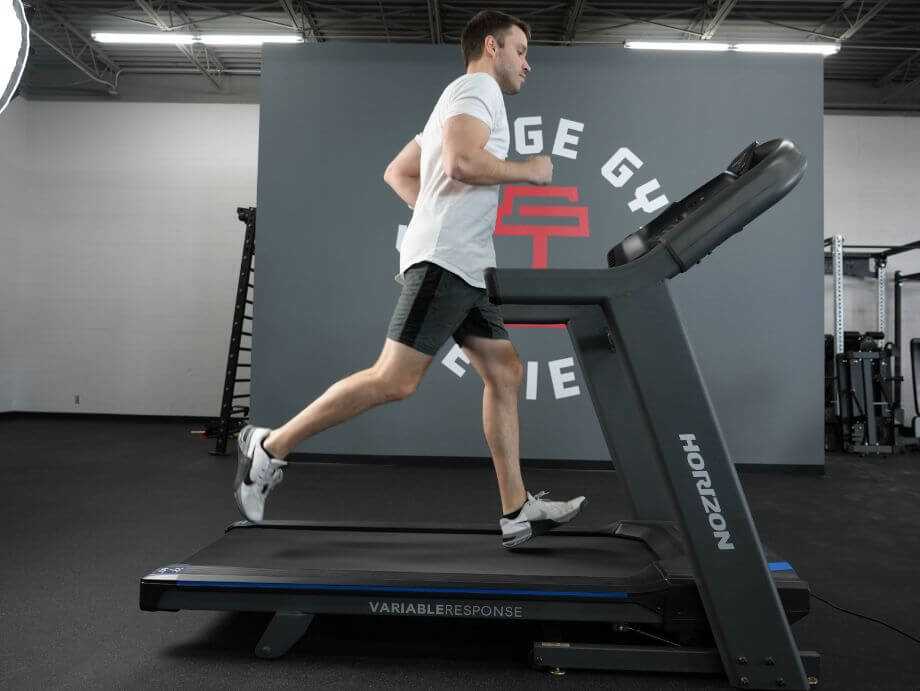
Rowing vs Running Comparison
| Impact | Calories burned in 30 minutes for a 155-pound person | Muscles worked | Accessibility | Other benefits | |
| Rowing | Low | 252 at a moderate pace | Upper body, lower body, core | Requires rowing machine or access to a boat and water | Beginner-friendly, full-body workout |
| Running | High | 360 at a 10-minute-mile pace | Lower body, core | Requires sneakers only, or a treadmill if you want to run indoors | Can improve bone density, and can get you out in nature |
Benefits of Rowing
Fundamentally, rowing is a form of cardio exercise; however, it also incorporates light resistance training, which means you’ll get a full-body workout, according to Amanda Capritto, certified personal trainer and GGR writer. Here’s a breakdown of the biggest benefits of rowing:
- Low-impact exercise that can still be high-intensity
- Engages upper body, lower body, and core muscles
- Very beginner-friendly
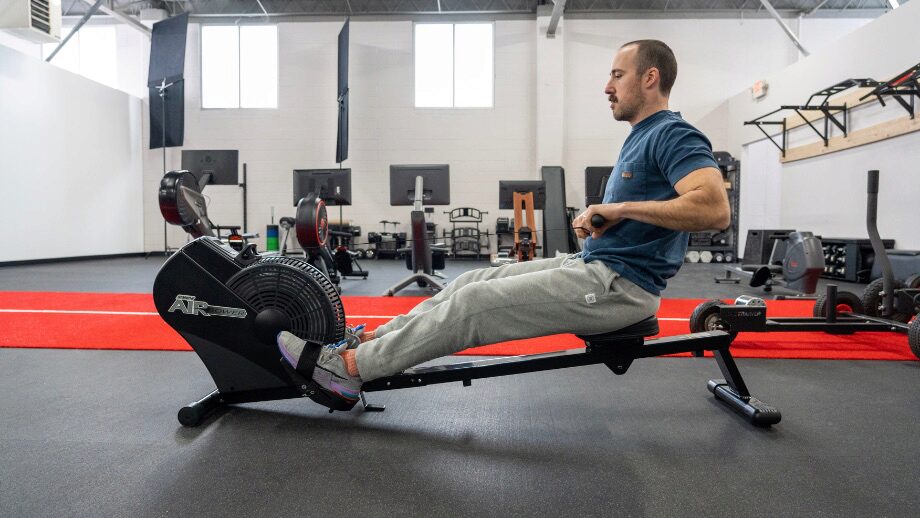
Benefits of Running
Running is also a type of cardiovascular exercise, but it mostly engages the lower body. It’s higher-impact than rowing, and comes with its own unique benefits:
- Doesn’t require any equipment (unless you want to run on a treadmill vs outside)
- High rate of calorie burn
- Can improve bone density
- Engages the lower body
Rowing vs Running: Key Similarities
On a granular level, there are more differences than similarities in rowing vs running. However, both can help you reach your fitness goals and the key similarities, which include improved cardiovascular health and better mental health, are big ones.
Heart Health
Rowing and running are cardio workouts, so they’ll both give you a solid sweat session and get your heart rate up. Each type of exercise can increase your cardiovascular, muscular, and cardiorespiratory endurance, improve metabolic health, and contribute to long-term weight loss and/or maintenance.
RELATED: Best Cardio Machines
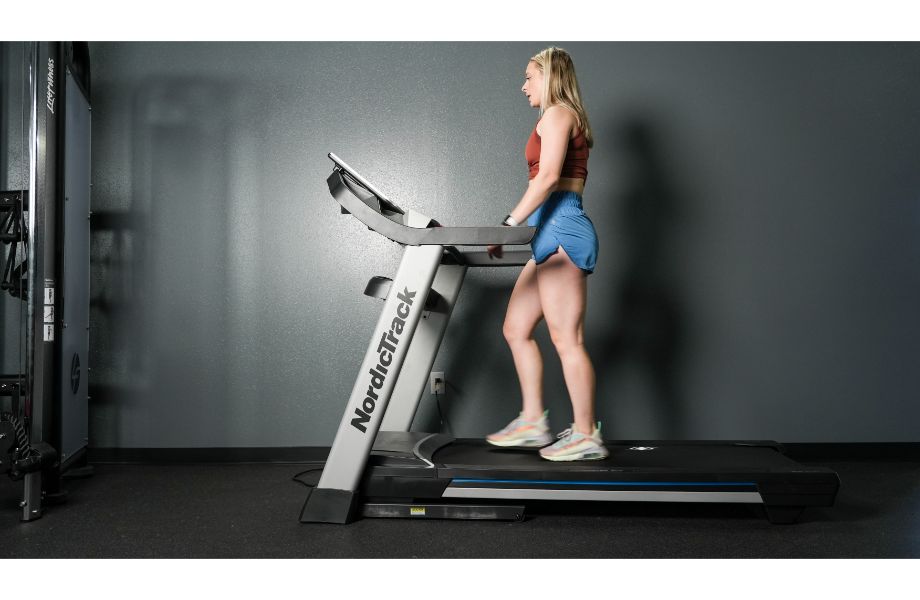
Mental Health
Both types of exercises can also give you a brain break. Many people find rowing meditative due to the repeated movements. If you’re actually rowing on the open water or listening to the sloshing of a water rower, this effect can be amplified even more. Many avid runners also describe running as meditative, since you follow a natural rhythm and focus on your breathing and your surroundings.
Not to mention that there are well-documented mental health benefits, like better mood and improved self-esteem, of doing any type of aerobic exercise regularly.
Rowing vs Running: Key Differences
While rowing and running will lead you to the same place—improved cardiovascular health and better endurance—there are also some notable differences between the two types of exercise, such as muscles worked, impact, and accessibility.
Muscles Worked
Each cardio exercise involves different muscle groups. Rowing is a full-body workout that engages the upper body (back muscles, delts, biceps, triceps, and pectorals), lower body (quads, glutes, hamstrings), and core (abdominals and obliques). In fact, one study showed that rowing engages almost 85% of your muscles.
Running mostly engages the lower body—the glutes, hamstrings, quads, calves, and hip flexors—however, there’s some core work involved here, too, according to Amanda. Your running surface also plays a role. For example, different muscles will act as primary movers and stabilizers when you run uphill versus downhill.
Related: Rowing Machine Workouts
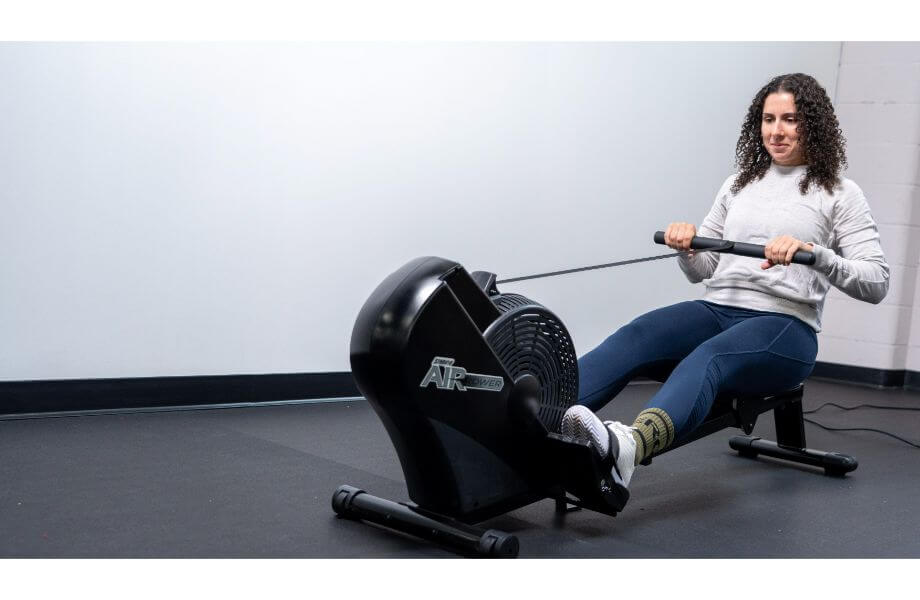
Impact
There’s a big difference in joint impact, too. Rowing is a low-impact exercise and, as such, puts less stress on your joints and has a lower risk of injury (assuming you have proper rowing form).
Running is high-impact and can exert more force on your joints and bones. This isn’t necessarily a bad thing—in fact, there’s research that high-impact and weight-bearing exercises can improve bone mineral density and prevent osteoporosis later in life.
However, if you already have osteoporosis, arthritis, or general joint pain, jumping into a high-impact exercise can potentially lead to injury. In that case, make sure you’re working with a physical therapist or a qualified personal trainer who can guide you to the right exercises for your current fitness level.
Accessibility
Accessibility is another thing to consider. You can quite literally run anywhere. All you need is a pair of sneakers and the ground, unless you want or need to run indoors, in which case you’ll need a treadmill.
Rowing is harder to access. You’ll either need your own rowing machine, a membership to a gym that has rowers, and/or access to a rowing boat or kayak and water.
Does Rowing or Running Burn More Calories?
Specific calorie burn always comes down to the individual, so we can’t really make a blanket statement about which type of exercise burns more calories, explains Amanda.
“Calorie burn ultimately depends on several factors, like your body size, body composition and fitness level, as well as how much effort you’re putting into the exercise,” she says.
That being said, it’s possible to make some estimations on the number of calories burned in a given session based on body weight and intensity. According to Harvard Health, a 155-pound person will burn around 252 calories when rowing at a moderate pace for 30 minutes. That same person will burn 360 calories running at a moderate, 10-minute mile pace.
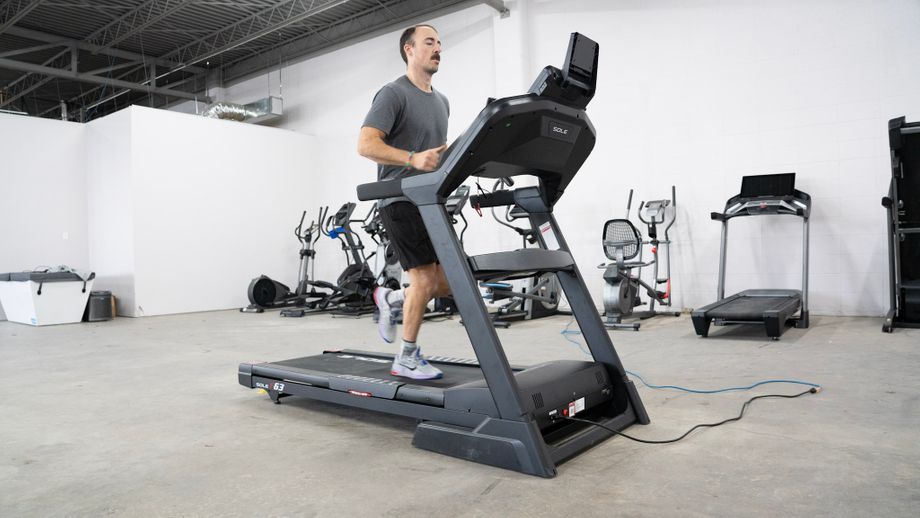
If you bump the intensity up a bit, a 155-pound person will burn 369 calories rowing at a vigorous pace and 450 calories running at an 8-minute mile pace. Sprinting at a 6-minute mile pace will torch 562 calories for that same person per half hour.
Is Rowing or Running Better for Weight Loss?
Neither, or both, depending on how you look at it. All cardio workouts can help you burn calories. And when combined with a balanced lifestyle that includes a nutrient-rich diet, proper sleep, and strength training, calorie-burning exercises can help with weight loss.
RELATED: Cardio vs. Strength Training
But the most important thing is consistency, according to Amanda. “The best exercise for weight loss is the one you’ll be able to stick to long-term,” she says, adding that she cannot overstate how important it is to choose an activity that actually makes you want to exercise.
RELATED: Rowing for Weight Loss
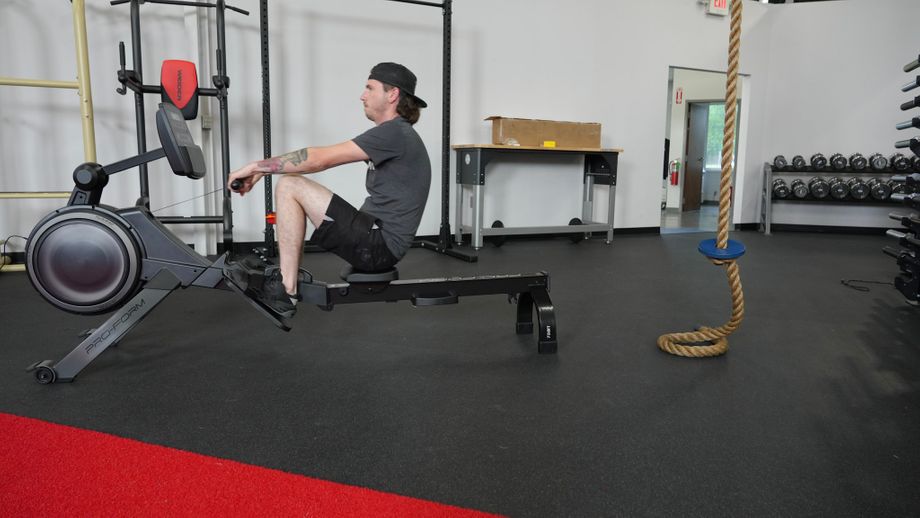
Final Verdict: Rowing vs Running
Rowing and running are both effective cardio workouts. If you’re looking for a low-impact exercise that targets more muscle groups, rowing might be the better workout for you.
If you’re okay with more impact, looking for a lower-body workout, want to improve your balance and stability, or you’re training for a race, you might want to start hitting the pavement (or the treadmill). Better yet, switch off and work both into your weekly routine—cross-training helps prevent overuse injuries.
Rowing vs Running FAQs
Is rowing better than cycling or running?
One type of exercise isn’t better than the other. It all comes down to your specific goals and what you’re hoping to accomplish, says Amanda. Rowing, cycling, and running are all forms of cardio, but rowing and cycling are lower-impact. Rowing has a slight edge when it comes to muscle engagement—it activates more upper body muscles than the other two exercises—but all three have their own benefits and drawbacks.
RELATED: Benefits of Indoor Cycling
Is 20 minutes of rowing enough?
The Department of Health and Human Services’ Physical Activity Guidelines for Americans currently recommends 150 minutes of exercise per week, which breaks down to just over 21 minutes a day. A 20-minute rowing workout can help get you there, but try to bump up the amount of time some days, and/or combine it with other forms of exercise, like weight training.
Can I substitute rowing for running?
If you’re looking to improve your cardiovascular fitness and burn some calories, you can absolutely swap rowing for running. However, if you have a more specific goal, like you’re training for a 5K or marathon, you’ll need to stick with your running routine. Rowing can fit into your training plan by improving your endurance and building strength, but won’t take the place of running in this case.


